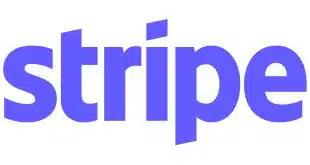Hammered by rising payment-infrastructure costs and a deteriorating economy, billers are starting to push customers harder to receive bills electronically rather than by paper. The rising tide of home foreclosures, indeed, serves as a wakeup call to billers that aren't looking at electronic bill presentment, since it's getting harder to reach people at their last known address, warns Regulus Group, a Napa, Calif.-based provider of billing and remittance services. Josh Wendroff, director of marketing at Regulus, says he can't estimate how many billers are adopting stronger tactics to push electronic presentment, but says, “It's still a pretty small number.” Nonetheless, “a lot more [billers] are seriously exploring it versus a year ago, when they wouldn't even consider it,” he says. E-bills are typically delivered to customers in the form of e-mail notices including links to a secure site where they can pay the bills. Biller tactics to push e-bills range from charges for sending a paper bill to so-called forced suppression, in which paper bills are shut off automatically for consumers who want to view their statements online. Fees for paper bills range from $2 to $5 each, Wendroff says. “Companies are definitely getting more aggressive” about pushing electronic bills, says Tracy Dalton, manager of product development at Regulus. She adds that while many in the electronic payments industry once thought electronic bill presentment would lead to more electronic bill payments, the opposite is now proving true. “People are getting more comfortable with the [electronic] payment piece, and that's starting to drive presentment,” she notes. But it may not be driving it fast enough. Billers now must manage a multiplying number of payment channels, including kiosks, interactive voice-response systems, and mobile payments. Each channel increases convenience for customers but involves separate systems, pushing up costs for billers. “It's put tremendous pressure on billers to cut costs,” Wendroff says. “If they can find a way to cut the per-transaction cost, they will do it.” With paper and postage costs also rising, getting more aggressive about shutting off paper statements is one way to relieve that cost pressure, he says. Exacerbating the trend is the wave of residential foreclosures, including some 3 million last year and more than 500,000 in the first two months of 2009, Wendroff says. While paper mail can no longer reach people who have been displaced, electronic messages can. The foreclosure crisis, “is another reason for billers to pursue [electronic billing] more aggressively,” says Wendroff. He advises billers to review their customer files to isolate those who might fit the profile of someone in financial distress. These customers, he says, could be prime candidates to reach with messages encouraging electronic billing. Wendroff says Regulus saw a similar situation, albeit on a smaller scale, in the aftermath of Hurricane Katrina, which displaced thousands for months. “These waves of people are going to start moving, and notifying all their billers may not be at the top of their minds,” warns Wendroff.
Check Also
Stripe Teams With Spade on Data Tool for Issuers
Stripe Inc. announced late Wednesday it is partnering with Spade, a provider of real-time merchant …




